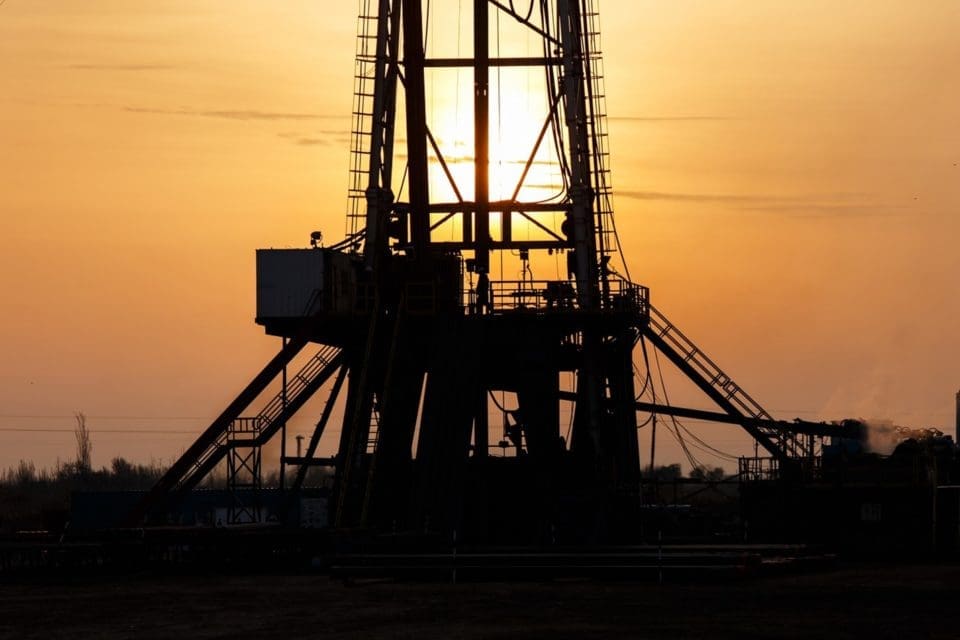Whereas digital transformation happened rapidly for major industries like banking and retail, technology adoption in the energy sector, particularly in the oil and gas industry, is lagging behind. Deloitte’s digital maturity index of 2019, which measured technological innovation and adoption in different sectors, rated oil and gas a 1.3. It ranked lowest among all industries studied including power and utilities, insurance, and real estate. The research firm also found that the lack of digital maturity is equivalent to $1.6 trillion lost in potential revenue for oil and gas. With the year 2020 magnifying the need for adaptability amidst an ongoing crisis, the oil and gas industry needs to pick up the pace with its digital transformation. Currently, these are the emerging tech trends that are poised to help drive efficiency, profits, safety, and security in oil and gas:
Data Science
Data science for oil and gas, which covers everything from collection to deployment, is an extremely valuable process with experts hailing data as the new oil. The information extracted and analyzed can be used to optimize different aspects of the oil and gas business, with one example being the application of artificial intelligence (AI). AI derives its insights from available data which goes through a process called machine learning. This allows the AI to perform tasks independently, such as making its own interpretations. Case in point: AI models are being used for seismic interpretation that can reduce or eliminate the need to manually pick faults individually. The insights gathered from artificial neural networks can predict risks each fault pattern may present and help with better drilling planning. Furthermore, AI models can calculate drilling key performance indicators (KPIs) such as torque and drag. Visualizing such data can contribute to a well-informed decision making process, which in turn can increase efficiency and reduce risks. The applications for data science, which also entails machine learning capabilities and AI, are vast. The technology can enhance quality assurance, prioritize safety and security, and reduce production and maintenance costs in the upstream and downstream. For example, AI can help detect faulty pipelines that can result in damages, injuries, and delays in the business. This demand for AI applications is
increasing the need for data scientists, a profession with vacancies soaring by 110 percent year-on-year. The energy sector is investing heavily in AI now because of the potential that the technology can bring in terms of increasing profit, reducing operational costs, and mitigating risk. What is helping fill that gap is the promotion of data science degrees across higher education. In order to keep up with the increasing demand among graduates to study this subject, many universities now offer data science as an online course with the same validity as a traditional degree. Online data science programs are designed with business applications in mind, and train students to step out of the theoretical framework and use data more practically. Today’s graduates are skilled in exploring, analyzing, monitoring, managing, and visualizing data using innovative technology — all of these can bring the oil and gas industry a step closer to the digitalization that the modern business landscape demands.
Automation
The growing labor shortage is another issue for the manual processes of the industry. One solution is to automate processes to make up for the lack of skilled manpower. For example, automating aspects of drilling operations, such as pipe handling and pressure drilling, can reduce the need for human labor. Automating risky tasks such as these can also reduce injuries among workers and, in turn, lower liabilities for the company. Another example of automation is the use of remotely operated vehicles (ROVs), which are essentially underwater drones. ROVs are used by offshore oil and gas rigs mainly for deep-water inspection and exploration, with some even performing small maintenance tasks underwater. The oil and gas industry is also experimenting with the use of robotics in the production phase. Aside from lowering workers’ risk, robots in the industry are also designed to increase operational efficiency. For example, robots can be made specifically to fit in tight spaces where humans cannot. This can allow for a more thorough inspection, which is crucial for preventing damages and disasters like oil spills. The cost of automation and robotics is far cheaper than the damage that disasters bring to the business.
IIoT technologies
Finally, there is a higher adoption of Industrial Internet of Things (IIoT), trends. GPS devices and RFID are some examples of IIoT devices that boost operational efficiency, reduce cost, and lower risk. GPS trackers can help with the downstream end of the industry by optimizing supply chain routes and reducing delay times. Sensors like RFID, on the other hand, are used in asset management by tracking the movement and location of products. IIoT sensors are also used in pipelines and machines to detect leakages, corrosion, and other forms of damages that compromise worker and environmental safety. These sensors can also measure oil pressure, as well as composition, to optimize the flow of oil and reduce the use of expensive equipment. As a major player, the oil and gas industry simply cannot afford to be left behind in terms of digitalization. While skilled labor and human reasoning cannot be taken out of the picture, the industry will benefit from technologies like AI, robotics, and IIoT. This is because they can pave the way for greater efficiency, profits and cost savings, environmental protection, safety and security.
Irene Holt is a freelance tech researcher and writer. She covers various industries, from travel to manufacturing, and explores the latest trends and innovations.
Oil and gas operations are commonly found in remote locations far from company headquarters. Now, it's possible to monitor pump operations, collate and analyze seismic data, and track employees around the world from almost anywhere. Whether employees are in the office or in the field, the internet and related applications enable a greater multidirectional flow of information – and control – than ever before.




1 comment
Comments are closed.